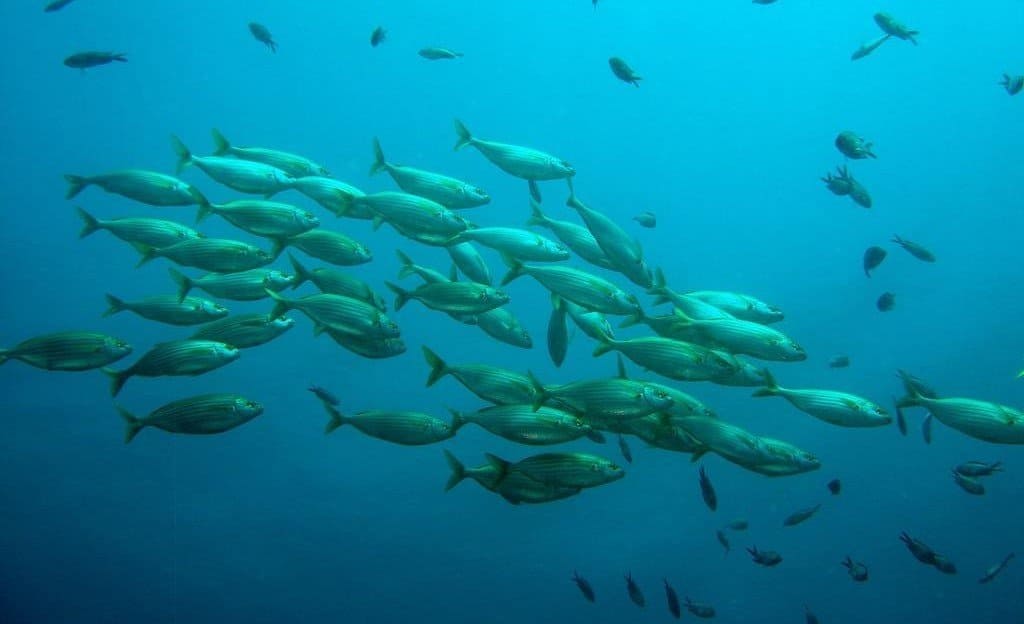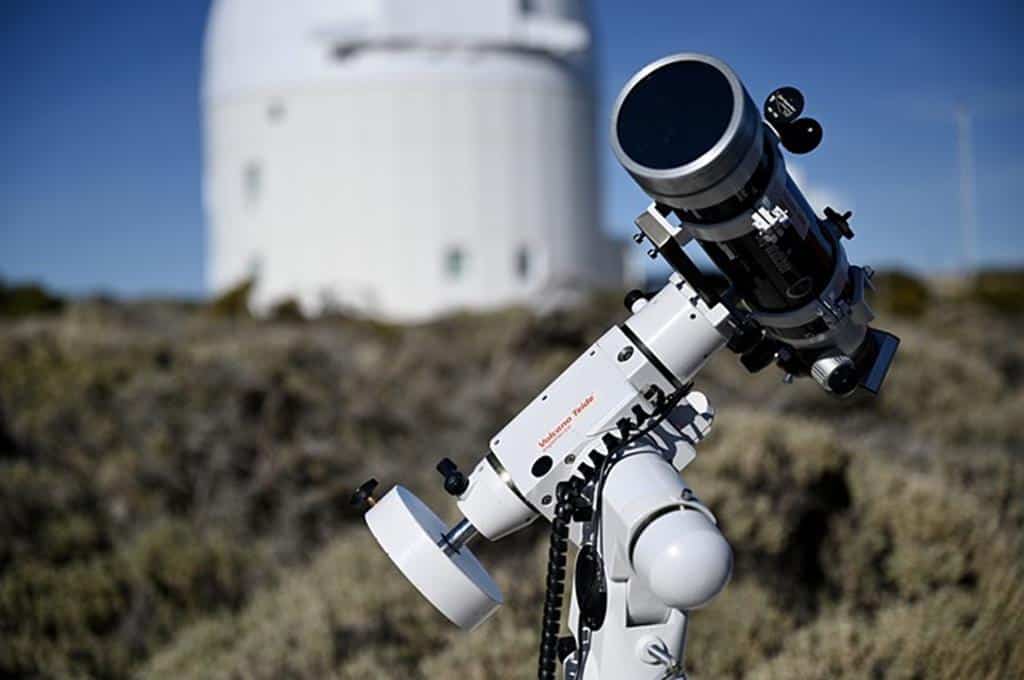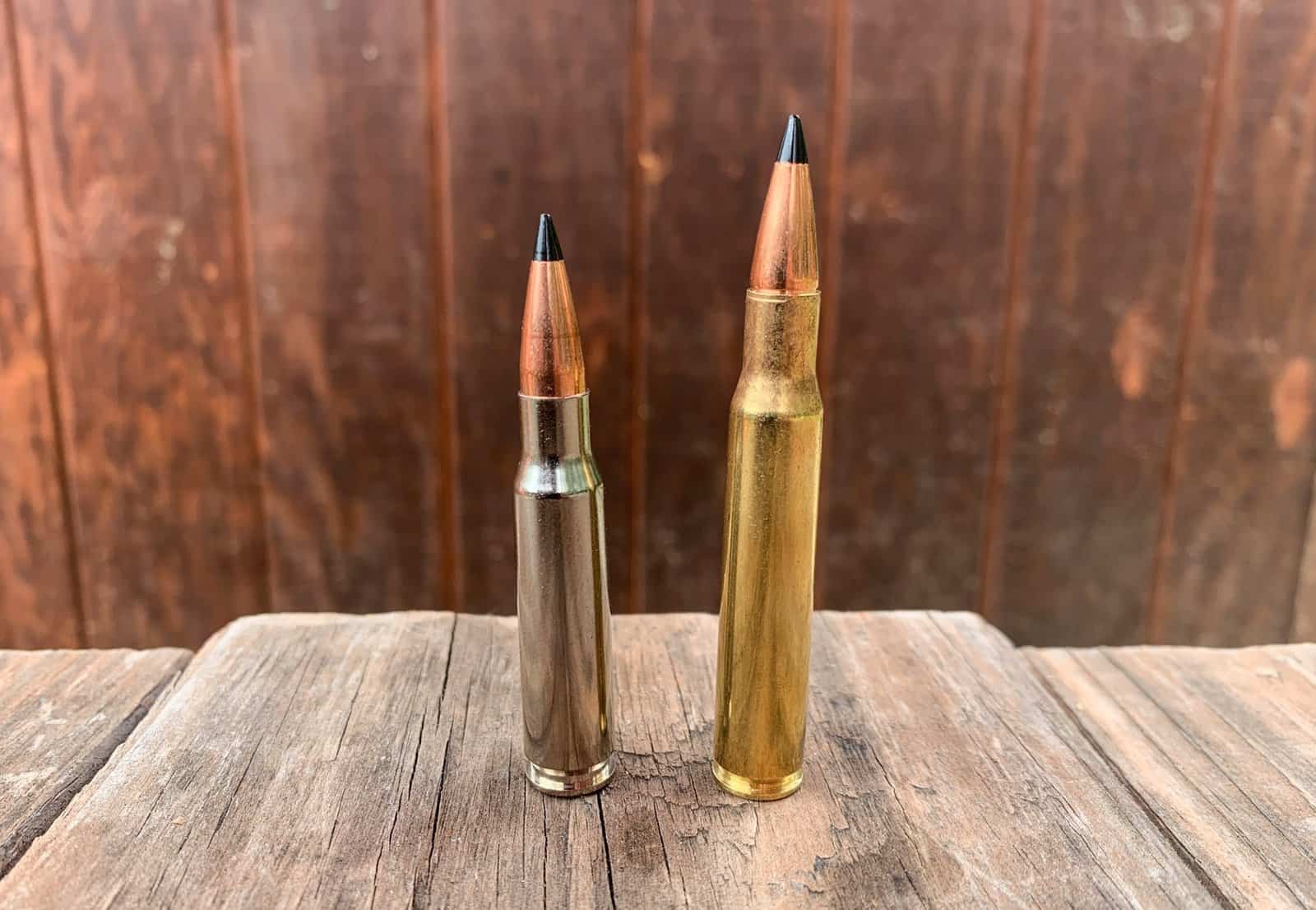Looking to explore the wonders of the underwater world? Curious about the cost of underwater cameras? You’ve come to the right place! In this guide, we’ll dive into the world of underwater photography to uncover the prices of these fascinating devices. So, whether you’re an aspiring underwater photographer or just curious about the cost, let’s take a plunge and discover what it takes to capture stunning underwater moments!
Underwater cameras can open up a whole new world of possibilities for photography enthusiasts. From vibrant coral reefs to elusive marine life, these cameras allow you to capture the hidden beauty beneath the waves. But how much do they actually cost? In this article, we’ll explore the price range of underwater cameras, helping you decide which one suits your needs and budget.
When it comes to underwater cameras, the price can vary depending on several factors. From entry-level options to professional-grade gear, there’s a camera for every budget. So, whether you’re a beginner looking for a wallet-friendly option or a seasoned photographer in search of top-of-the-line equipment, we’ll break down the cost range to help you make an informed decision. Let’s dive in and find the perfect underwater camera for you!

How Much Do Underwater Cameras Cost?
Underwater photography has become increasingly popular, and many people are eager to capture stunning shots of marine life and underwater landscapes. However, a crucial consideration for anyone interested in this hobby is the cost of underwater cameras. The price range can vary significantly depending on the type of camera, its features, and the brand. In this article, we will explore the different factors that influence the cost of underwater cameras and provide you with an overview of the options available in various price ranges.
Factors Affecting the Cost of Underwater Cameras: An Overview
1. Camera Type
The first factor that affects the cost of an underwater camera is its type. There are primarily two types of underwater cameras: compact cameras and mirrorless/DSLR cameras. Compact cameras are smaller, more portable, and generally less expensive compared to the bulky mirrorless/DSLR cameras. If you’re an amateur, a compact camera might be the ideal choice for you, as it offers good image quality and is relatively easy to use.
On the other hand, mirrorless/DSLR cameras are favored by professional underwater photographers due to their advanced features, interchangeable lenses, and the ability to shoot in RAW format. They provide superior image quality and more manual control over settings, but they come with a higher price tag.
2. Depth and Waterproofing
The depth rating and waterproofing capabilities of an underwater camera greatly impact its cost. Cameras with a higher depth rating, such as those designed for scuba diving at greater depths, require more advanced sealing mechanisms and rugged construction, which contribute to their higher price. Likewise, cameras that offer protection against water ingress at greater depths command a higher price due to their specialized engineering and materials.
If you’re planning to use the camera for casual snorkeling or shallow dives, a camera with a lower depth rating may be more affordable. However, if you’re going to explore deeper depths, investing in a camera with a higher depth rating is crucial for its durability and performance.
3. Image and Video Quality
Another significant factor that influences the cost of an underwater camera is its image and video quality. Higher-quality cameras typically have larger image sensors, which allow for better low-light performance, dynamic range, and overall image clarity. They also offer higher resolution and can capture more detail.
Cameras capable of shooting high-definition videos at higher frame rates, such as 4K or slow-motion footage, are generally more expensive. These cameras require more advanced image processors, better video compression, and enhanced video recording capabilities.
4. Brand and Accessories
The brand of the camera and the availability of compatible accessories can also impact its price. Well-known camera brands often have a higher price point due to their reputation, quality, and customer support. Additionally, the availability of accessories such as underwater housings, strobes, lenses, and other add-ons can significantly add to the overall cost of your underwater camera setup.
Some popular camera brands that offer underwater camera options include Nikon, Canon, Sony, Olympus, and GoPro. Each brand has its own range of models, catering to different budgets and preferences.
5. Additional Features and Technology
The inclusion of additional features and advanced technology can further increase the cost of underwater cameras. These features may include built-in image stabilization, enhanced autofocus systems, advanced shooting modes, and wireless connectivity options. While these features can enhance your underwater photography experience, they often come at a higher price.
Furthermore, the use of specialized materials like corrosion-resistant alloys, reinforced mounts, and ruggedized bodies can result in higher manufacturing costs, which are then passed on to the consumer.
6. Warranty and Customer Support
When purchasing an underwater camera, it’s essential to consider the warranty and customer support provided by the manufacturer. Cameras from reputable brands usually come with a warranty that covers manufacturing defects and faulty components. Additionally, reliable customer support can greatly assist you in case you encounter any technical issues or have questions about your camera.
Always check the terms and duration of the warranty, as well as the available customer support channels, before making your purchase decision.
7. Market Demand and Currency Exchange Rates
Market demand and currency exchange rates can also play a role in the cost of underwater cameras. If there is a high demand for a specific camera model, its price may increase due to limited supply. Currency exchange rates can affect the price of imported cameras, as fluctuations in exchange rates can impact the cost of manufacturing, importing, and distributing the cameras.
Options Available in Various Price Ranges
Now that we have explored the factors affecting the cost of underwater cameras, let’s take a look at the available options in different price ranges:
1. Budget Range (Below $500)
In the budget range, you can find compact underwater cameras with basic features suitable for casual snorkeling and shallow-water photography. These cameras typically have a lower depth rating, limited underwater shooting modes, and smaller image sensors. Examples of budget-friendly underwater cameras include the GoPro HERO8, Nikon Coolpix W150, and Olympus Tough TG-6.
While the image quality and features may be more limited compared to higher-priced cameras, budget options can still produce impressive results for recreational use.
2. Mid-Range ($500 – $1,500)
In the mid-range, you’ll find a broader range of options, including more advanced compact cameras and entry-level mirrorless/DSLR cameras designed for underwater photography. These cameras offer better image quality, higher depth ratings, and more manual controls. They often have larger image sensors, allowing for improved low-light performance and dynamic range.
Examples of mid-range underwater cameras include the Canon PowerShot G7 X Mark III, Sony RX100 VII, and Nikon Z50 with an appropriate underwater housing.
3. High-End Range ($1,500 and above)
In the high-end range, you’ll find top-of-the-line mirrorless/DSLR cameras along with professional underwater housings and accessories. These cameras are built for serious underwater photographers who require the utmost image quality, advanced features, and the ability to capture breathtaking shots in challenging conditions.
Examples of high-end underwater camera systems include the Sony Alpha a7R IV, Nikon D850, and Canon EOS-1D X Mark III, paired with high-quality underwater housings from specialized manufacturers like Nauticam, Aquatica, or Sea & Sea.
Conclusion
When it comes to underwater cameras, the cost can vary significantly based on factors such as the camera type, depth rating, image and video quality, brand, additional features, warranty, and market demand. It’s important to evaluate your needs, budget, and level of expertise to determine the most suitable camera for your underwater adventures.
Whether you’re a casual snorkeler, amateur underwater photographer, or professional, there are options available at various price ranges. Remember to do thorough research, read reviews, and compare specifications before making your purchase. With the right underwater camera, you can capture stunning images and videos of the fascinating world beneath the surface.
Key Takeaways: How much do underwater cameras cost?
- Underwater cameras can range in price from around $100 to several thousand dollars.
- The cost of an underwater camera depends on factors such as the brand, features, and image quality.
- Entry-level underwater cameras typically cost between $100 and $300.
- Mid-range underwater cameras with more advanced features can cost between $300 and $800.
- Professional-grade underwater cameras with top-tier image quality can cost upwards of $1000.
Frequently Asked Questions
In this article, we will answer common questions about the cost of underwater cameras. Whether you’re an avid scuba diver or just a beach enthusiast, we’ve got you covered.
1. What factors influence the price of underwater cameras?
The price of underwater cameras can vary based on several factors. One key factor is the depth rating of the camera. Cameras designed for shallow or moderate depths tend to be more affordable, while those built for deep-sea diving or professional use can be more expensive. Another factor is the camera’s image quality and resolution. High-resolution cameras with advanced image sensors often come with a higher price tag. Additionally, the brand, build quality, and additional features such as video capabilities or image stabilization can contribute to the overall cost of the camera.
To summarize, the depth rating, image quality, brand, build quality, and additional features are all factors that influence the price of underwater cameras.
2. Are there affordable options for beginners who want to try underwater photography?
Absolutely! If you’re a beginner looking to dip your toes into underwater photography, there are affordable options available. Many entry-level underwater cameras offer decent image quality and depth ratings suitable for snorkeling or shallow dives. These cameras often have simpler controls and fewer advanced features compared to professional-grade models, but they can still produce great results.
For beginners, it’s recommended to start with a budget-friendly underwater camera and gradually upgrade as you gain more experience and decide to pursue underwater photography more seriously.
3. What is the approximate price range of entry-level underwater cameras?
The price range for entry-level underwater cameras typically starts around $100 and can go up to $500. Keep in mind that the price may vary depending on the brand, model, and any additional features included. Some cameras may come bundled with accessories like underwater housings or memory cards, which could affect the overall cost. It’s always a good idea to research and compare different options to find the best value for your budget.
Remember, even though entry-level cameras are more affordable, they can still capture stunning underwater photographs and videos.
4. How much do professional-grade underwater cameras cost?
Professional-grade underwater cameras can range from $1,000 to well over $5,000. These cameras are designed for experienced divers and underwater photographers who require top-of-the-line technology and exceptional image quality. They often have advanced features like full manual controls, advanced autofocus systems, and larger image sensors.
If you’re planning to pursue a career in underwater photography or if you’re a professional diver looking to capture breathtaking images, investing in a high-end underwater camera can elevate your work to the next level. However, for most enthusiasts or casual users, professional-grade cameras may be more than they need.
5. Are there any additional costs to consider when purchasing an underwater camera?
Yes, there are a few additional costs to keep in mind when purchasing an underwater camera. One important cost to consider is an underwater housing or casing, which is necessary to protect the camera from water damage. The price of underwater housings can vary depending on the camera model, brand, and depth rating they provide.
Another potential cost to consider is accessories such as lenses, ports, or external flash units. These accessories can enhance your underwater photography, but they can also add to the overall cost of your underwater camera setup. It’s important to budget for these additional expenses to ensure you have a complete and functional underwater photography kit!

Video: Best Budget Waterproof Camera [Top 5 Picks For Underwater Photography]
Summary
Underwater cameras come at a variety of prices, ranging from around $100 to over $1,000. The cost depends on factors like the camera’s features, image quality, and brand. It’s important to set a budget and consider your photography needs before making a purchase.
When looking at prices, keep in mind that more expensive cameras often offer better image quality and additional features like 4K video and Wi-Fi connectivity. However, if you’re just starting out or have a limited budget, there are affordable options available that can still capture great underwater photos. Remember to do your research, read reviews, and choose a camera that best fits your needs and budget.



